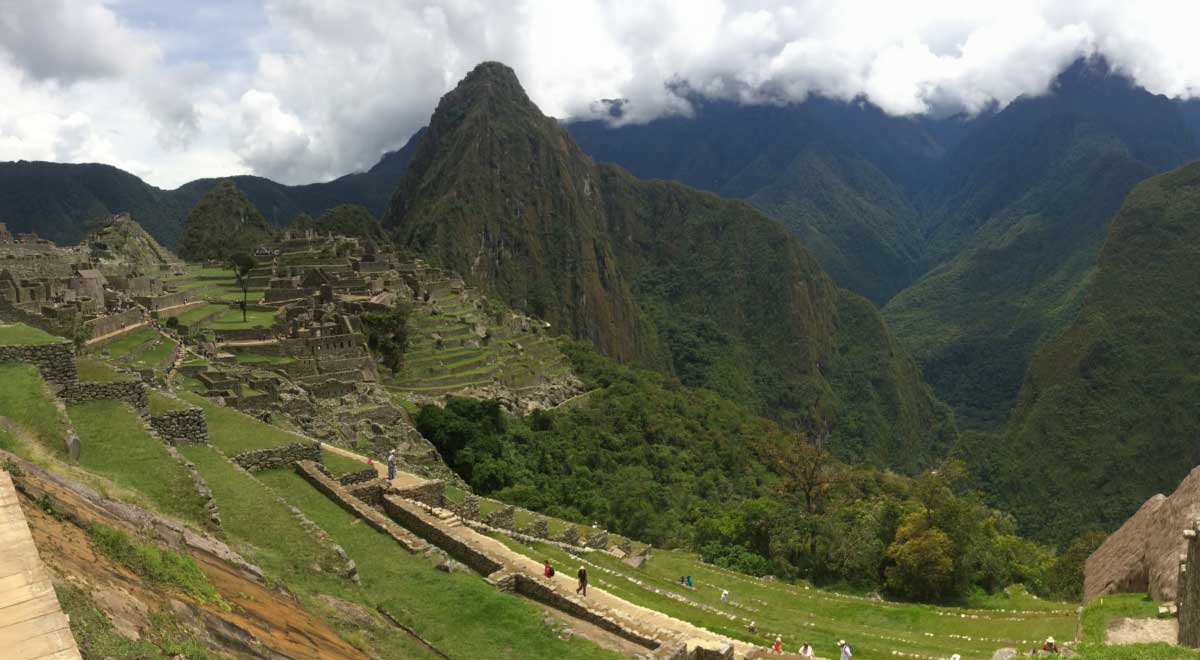One of the world’s most famous archaeological sites and Peru’s top tourist attraction was known by a different name years before it was discovered by Hiram Bingham, a new study shows.
Notes of a Machu Picchu Explorer
Hiram Bingham is considered the discoverer of Machu Picchu. An American explorer, scientist and politician first saw the remains of the city on July 24, 1911.
More than 110 years after Hiram Bingham first visited the site, historian Donato Amado González of the Peruvian Ministry of Culture (Cusco) and archaeologist Brian S. Bauer of the University of Illinois at Chicago studied Bingham’s original records, maps of the region from the early 20th century, and centuries-old documents from different archives. Their research suggests that less was known about the site than previously thought.
In their work, published in the journal Ñawpa Pacha: Journal of Andean Archeology, the researchers conclude that the Incas originally called this place Huayna Picchu, after the rocky peak that is closest to the site, and not Machu Picchu, after the name of the highest mountains near the ancient city.
“We started with uncertainty about the name of the ruins when Bingham first visited them, and then we looked at some of the maps and atlases that were printed before Bingham visited the ruins,” said Prof. Brian S. Bauer. There is important evidence to suggest that the Inca city was indeed called Picchu, or more likely Huayna Picchu.
Machu Picchu – already known before Bingham
In 2012, the Spanish historian Marie Carmen Martin Rubio discovered the true name of Machu Picchu in chapter XXXII of the 16th-century chronicle of Juan de Betanzos. The city during its heyday – the Inca Empire – was called Patallacua. The name comes from the words of the Incas, Quechua: pata (step, step) and llaqta (city, village, province). So historians assume, based on a source of the 16th century.
And what was the name of the ruins of the city after the fall of the Inca state? It seems the answer is Huayna Picchu. Gonzalez and Bauer discovered that the ruins of an Inca city of that name were mentioned in a 1904 atlas published seven years before Bingham’s arrival in Peru. In addition, the researchers found that in 1911, Bingham was told about the ruins of Huayna Picchu near the Urubamba River before he left Cusco in search of the remains of the city. In 1912, the landlord’s son told Bingham that the ruins were called Huayna Picchu.
According to Bauer, the most reliable information about the original name of the city of the Incas was preserved in the reports of the Spaniards, written relatively soon after the region came under their control at the end of the 16th century.
“We end with a surprising tale of the late 16th century, when the indigenous peoples of the region were considering returning to what they called Huayna Picchu,” Bauer said.

